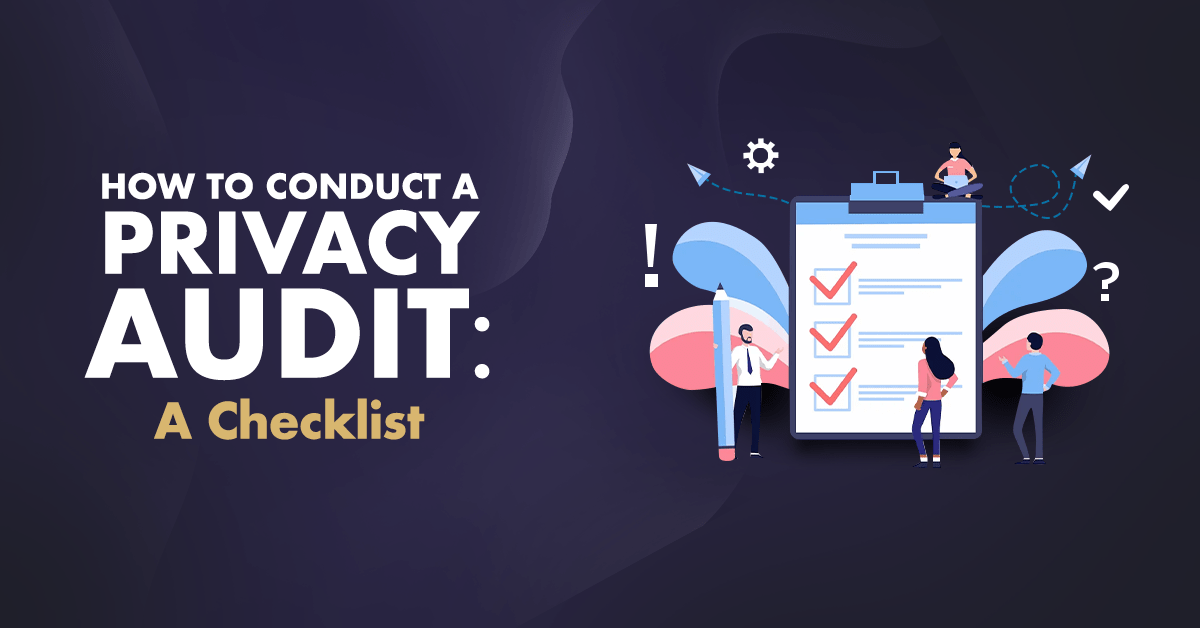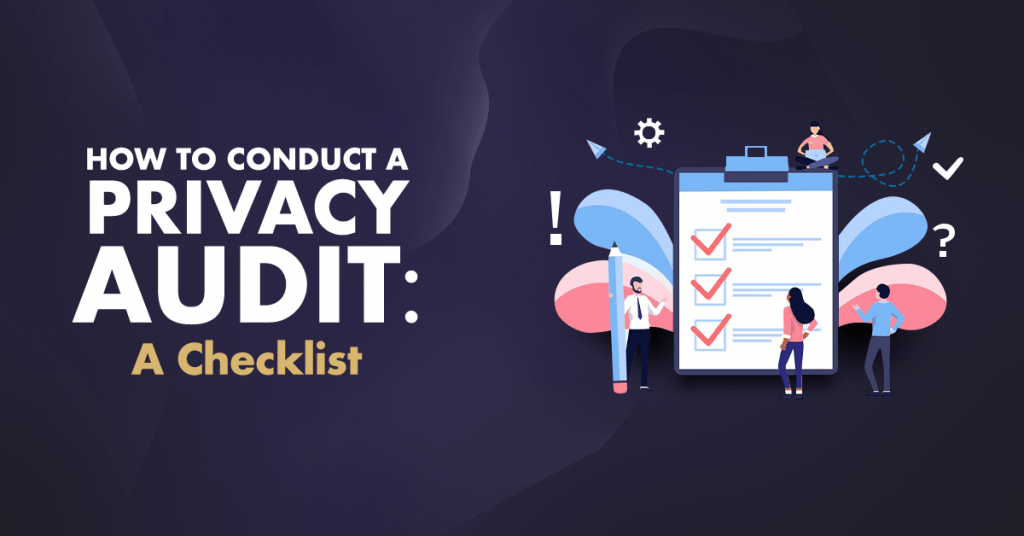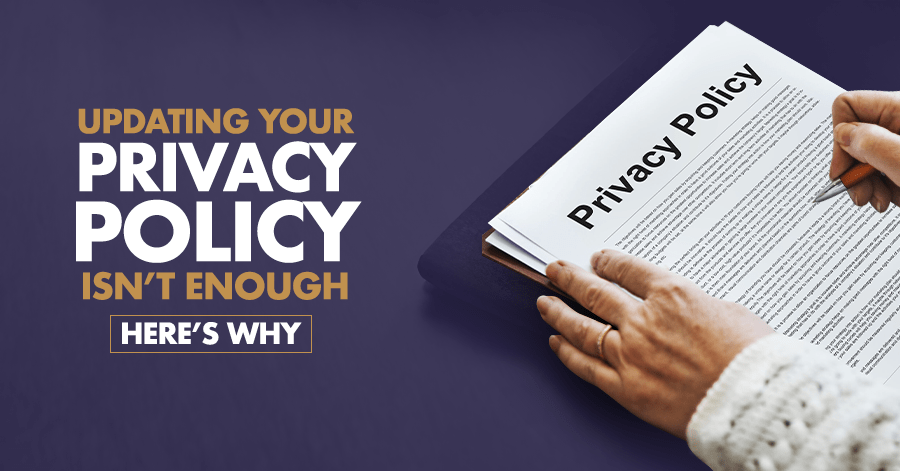How to Conduct a Privacy Audit: A Checklist


Financial audits are a normal part of any organization’s plans, and rightfully so. But there are plenty of other categories that deserve equal attention. For any business that processes personal data from their customers—in other words, every business—one of these categories is customer data privacy. When was the last time your organization conducted a privacy audit?
When to Conduct a Privacy Audit
Certain circumstances require a privacy audit:
- A request or order from third-party privacy officials
- Launching a new product or service that changes the data processing system in some way
- Switching from one data format to another (i.e., from paper files to digital records)
- Transferring data to or from third parties
- New privacy laws are passed and/or old ones are updated
Additionally, privacy audits should be a normal part of your organization’s practices. Review your approach to privacy at least once every few months to ensure ongoing compliance.
Phase 1: Take Inventory of Your Privacy Management Practices
Your privacy audit should start with asking a few simple questions:
- Which people or departments in your organization collect and use data?
- What data do they collect?
- Is the collected data largely anonymous (like website analytics) or is it potentially identifying information?
- How is the collected data used?
- Does your organization collect unnecessary data (i.e., data that is never used)?
The answers to these questions will pinpoint where to start your audit.
Phase 2: Identify Your Weak Spots
Maybe your privacy management team could benefit by leveraging communication best practices developed and improved by other departments. The goal of your audit is to identify weak spots for areas to improve and strong areas to leverage. You can then incorporate both in your plans to improve.
During your privacy audit, watch out for and note any potential weak spots such as the following:
- Potentially non-confidential points of contact for data exchange (phone calls, emails, online forms, etc.)
- Methods of data storage unauthorized users can easily access
- Unnecessary data collected and never used
- Lack of communication about handling customer data (both in and out of your organization)
- Lack of confidential treatment for customer data
Phase 3: Create a List of Necessary Changes
By this point, you should have a list of potential privacy issues your audit has identified. Discuss the list with your privacy and legal teams and determine what changes need to be made to stay in compliance with privacy laws. Using our examples from Phase 2, your list may look something like this:
- Non-confidential points of contact for data exchange: switch to a more dependably secure method. Alternatively, install extra software or implement additional training to make your current methods more private.
- Methods of data storage available to unauthorized users: restrict data access and improve user verification. You may also want to consider whether some of your storage methods (i.e., paper files in a largely digital company) may be obsolete and need to be retired.
- Collecting unnecessary data: review your existing data capture process to see if you’re asking for data you don’t need. Not only will removing these unneeded requests make privacy management easier for you, but it can also help reduce form abandonment since customers are able to answer fewer questions.
- Lack of communication about customer data: write up clear, concise explanations of customer data collection and usage and make them available both to employees and customers. Practice general transparency in your data management setup.
- Lack of confidential treatment for customer data: prioritize keeping customer data private and ensuring that only authorized users can access information. Consider masking or encrypting the data as well to further improve confidentiality.
It may also help to create a list of significant privacy errors that absolutely must be avoided. These errors might include:
- Failure to fulfill Data Subject Access Requests (DSARs) on time or to the extent the contact wanted
- Processing customer data without a proper legal basis
- Insufficient measures taken to protect private data (e.g., not instituting user verification)
As shown by sources such as this GDPR violation tracker, privacy errors are not to be taken lightly. Learn from the mistakes of other companies to improve your own approach to data privacy.
Always Improving
Customer data management and privacy are absolutely critical for today’s businesses. But to stay compliant with the law and maintain a good reputation with your clientele, periodic privacy audits are absolutely critical. You can and should be constantly improving your strategy.
And what better way to improve your privacy strategy than to use software that allows you to fully automate privacy compliance? With 4Comply, your key stakeholders can set your company’s privacy policy and let your tech administrators take over from there. 4Comply allows you to make sure you handle customer data and communications exactly as you say you will, and exactly as the law requires. Get in touch with 4Thought Marketing today for a free demo.



